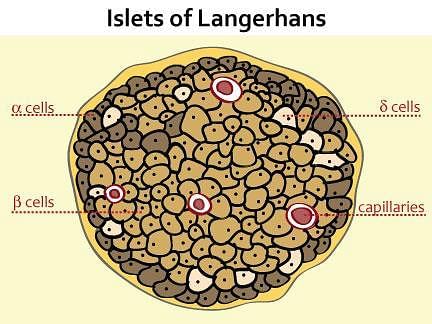Test: Digestive Glands (Old NCERT) - Grade 11 MCQ
20 Questions MCQ Test Biology for Grade 11 - Test: Digestive Glands (Old NCERT)
A person who is addicted to alcohol gets his liver destroyed because:
In pancreas, pancreatic juice and hormones are secreted by:
Name the Glands associated with the Human Digestive System.
Which of the following is not a function of the liver?
Insulin is secreted by which pancreatic cells? [RPMT-89]
Which substance of saliva destroys the harmful bacteria? [RPMT-91]
Which one of the following is not a constituent of saliva?
Which one of the following is not a function of the liver?
______ stores the liver’s digestive juice until it is needed by the intestines.
The glucose is converted into glycogen in liver and stored in:
The largest salivary gland present in human is:
A gland not associated with the alimentary canal is ______.
|
219 videos|331 docs|270 tests
|






















